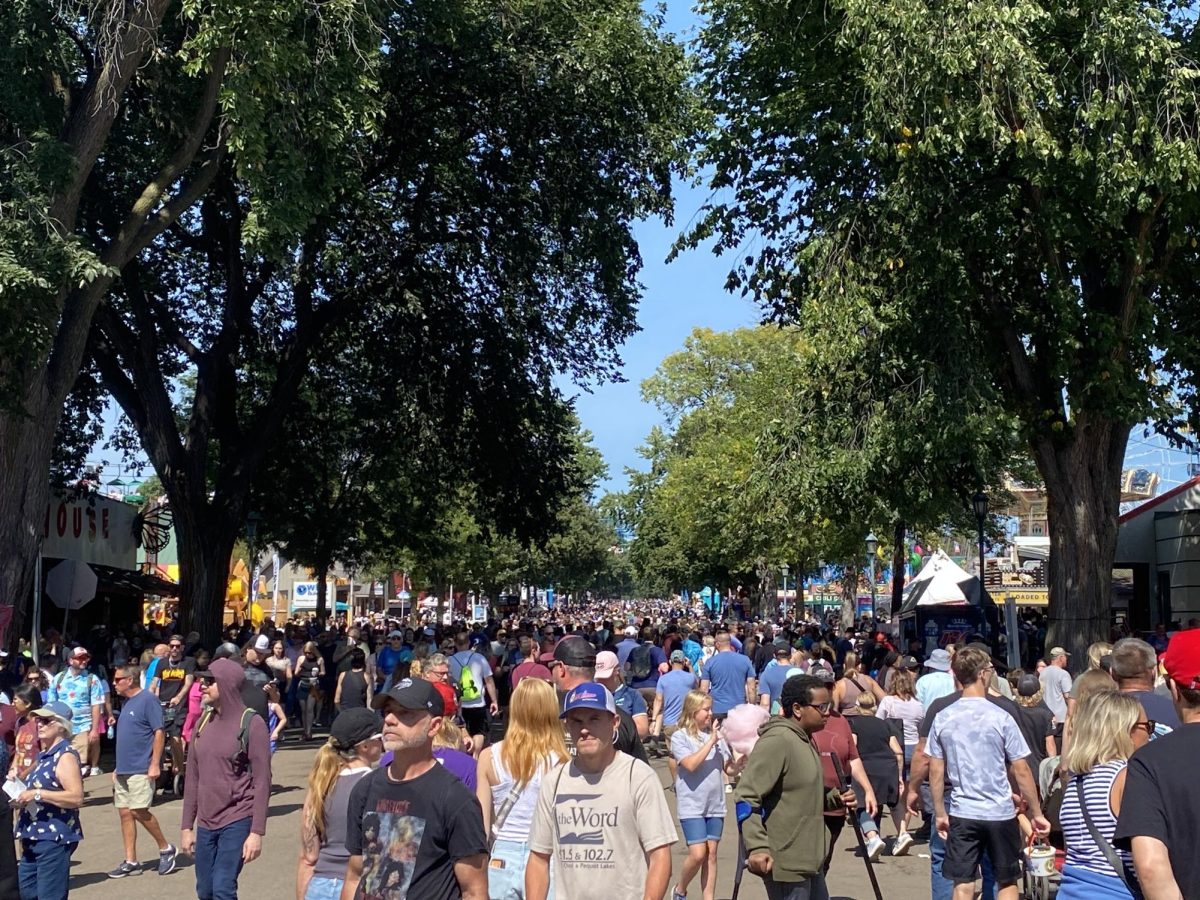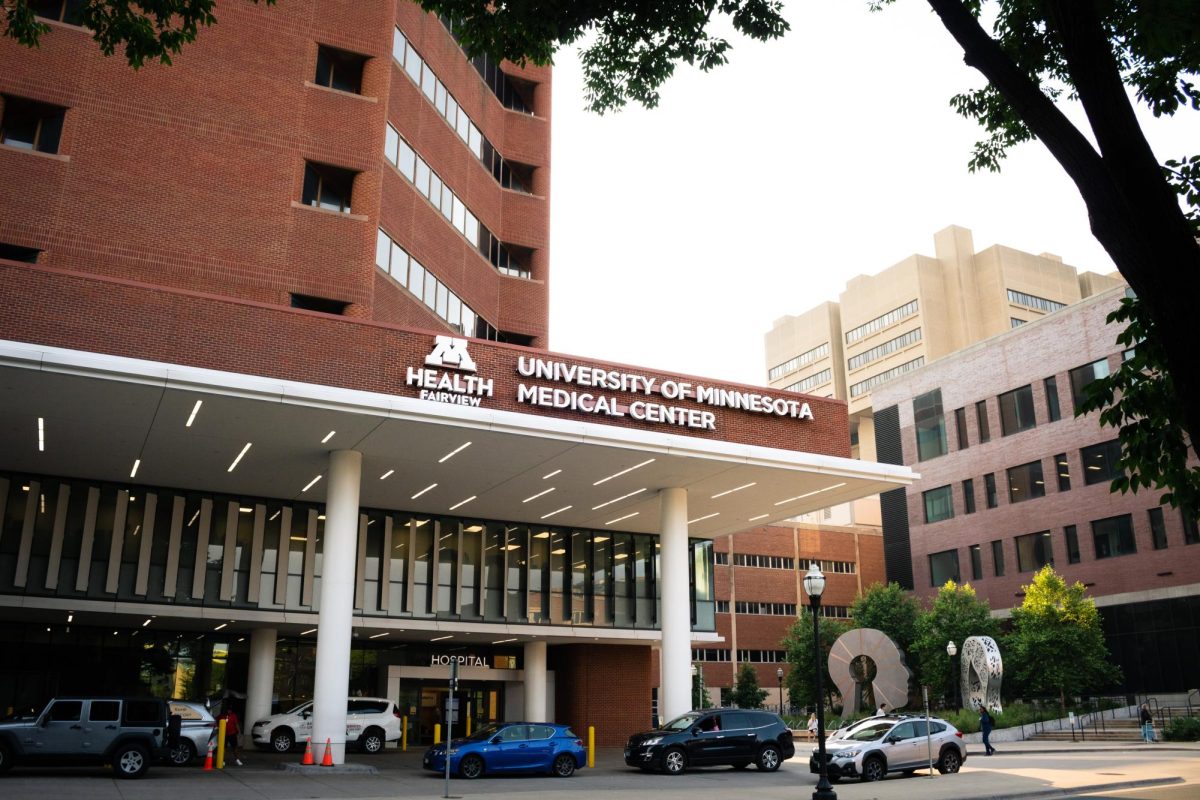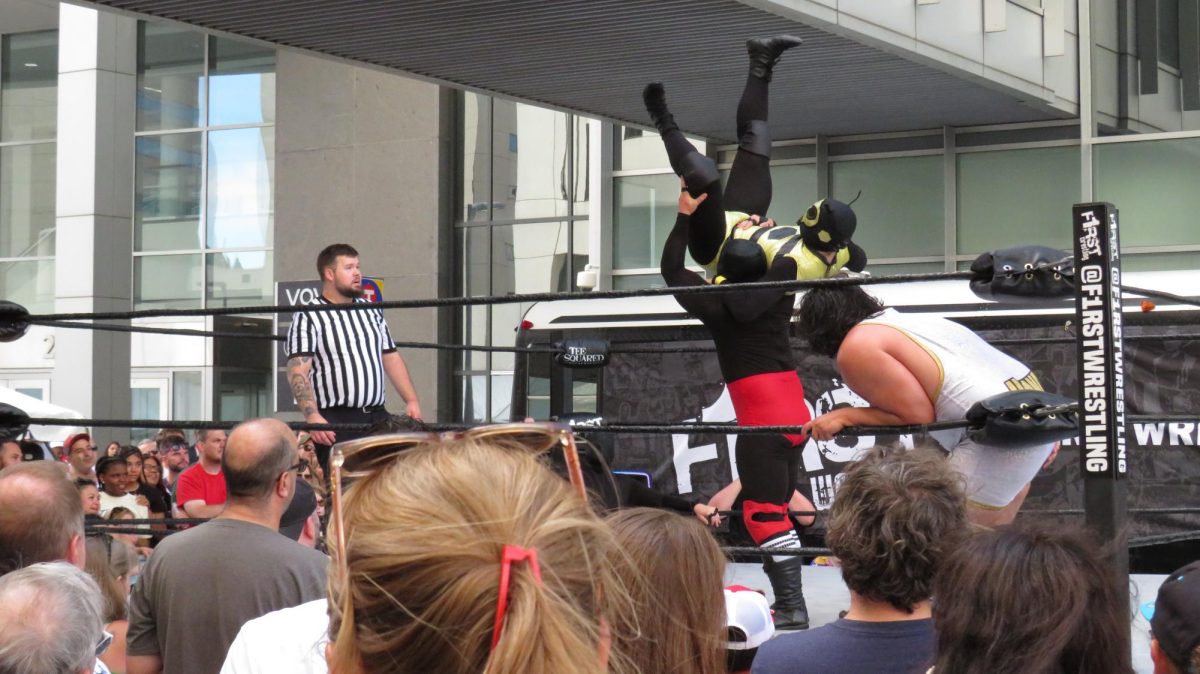Brian Davis strapped a video camera to the outside of a car last year and set off to record the painted lines and contours of Greater Minnesota’s major roads and highways.
By recording this data, Davis and a group of University of Minnesota researchers developed a cheap yet efficient way to help people driving in unfavorable conditions in rural Minnesota.
In the future, the data could be used to create an app on drivers’ phones that would alert them to sharp curves in the road and suggest appropriate speeds.
In 2012, nearly two-thirds of all the fatal car crashes in Minnesota occurred on rural roads, according to the state’s Department of Public Safety.
Max Donath, a mechanical engineering professor and the director of the University’s Roadway Safety Institute, said driving on rural roads poses a number of risks for drivers.
He said snowplows that cause line deterioration, a lack of proper signage and complacency when driving on low-traffic roads are three risks that plague rural drivers.
“It’s mesmerizing driving on long, straight rural roads, and all of a sudden there is a curve,” Donath said. “We will use your smartphone to wake you up from your daydream.”
Donath said safety on rural roads could be vastly improved with this data.
“A lot of crashes are on remote roads,” said Donath, who oversaw the study. “But we can’t afford to use the expensive technology when there aren’t a lot of people on these roads.”
Other systems used to record road conditions are expensive and can cost tens of thousands of dollars, Davis said, and are beyond what a county or state transportation department would want to pay.
The footage researchers collected was brought back to a lab, and a program interpreted the road lines and matched them to a GPS-recorded location. The margin of error on the measurements was within 3 inches.
Davis said the method used to collect the data is a more affordable way to improve road safety.
Donath said the Minnesota Department of Transportation already uses vans with special recording equipment to gather data about roads in the state, but the new data would improve the accuracy of their recordings — and do it cheaply.
Kevin Gutknecht, MnDOT’s communications director, said the department regularly checks the condition of 12,000 miles on highways in the state yearly, but MnDOT has yet to look into a new technology.
Davis said the new research is in its early stages but has been successful in proving there are cheap alternatives to existing technology.
“This is a proof of concept to show that this type of recording is possible with this accuracy at this price,” he said.







